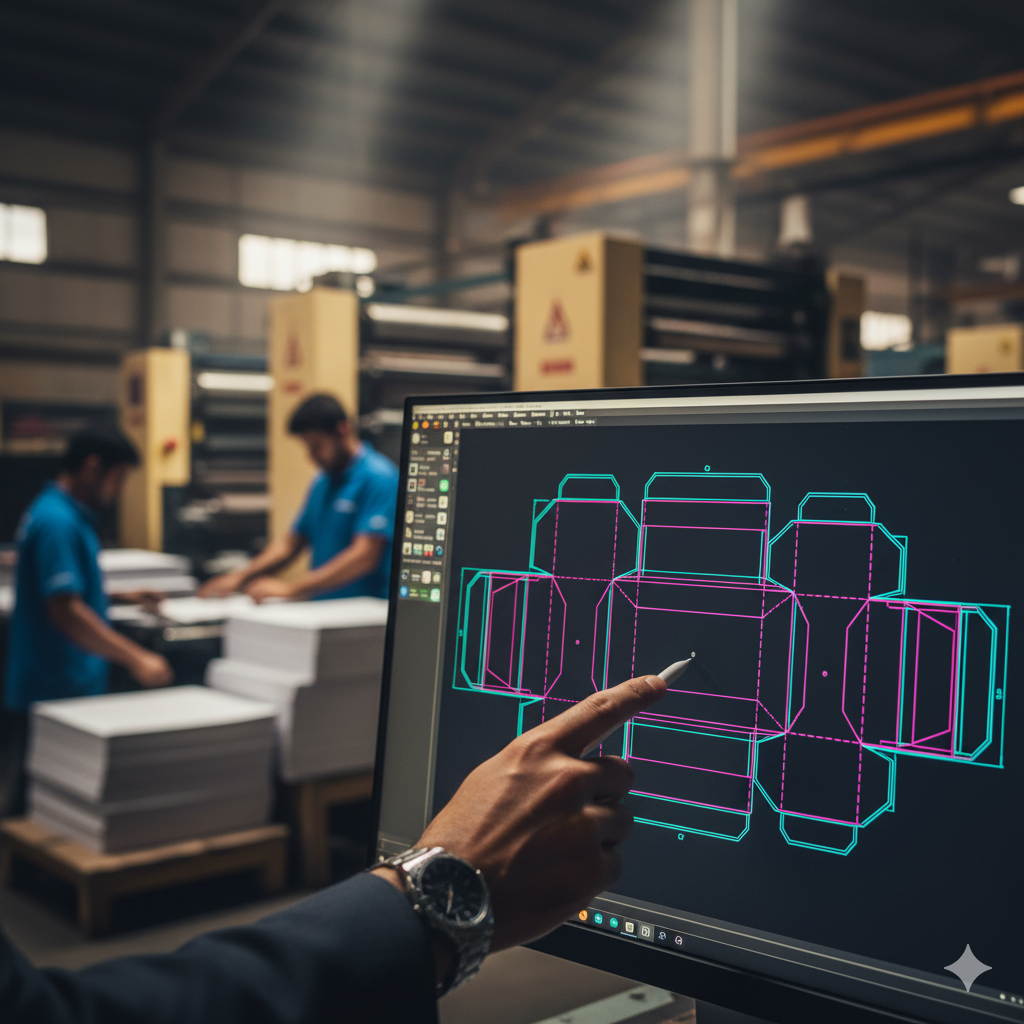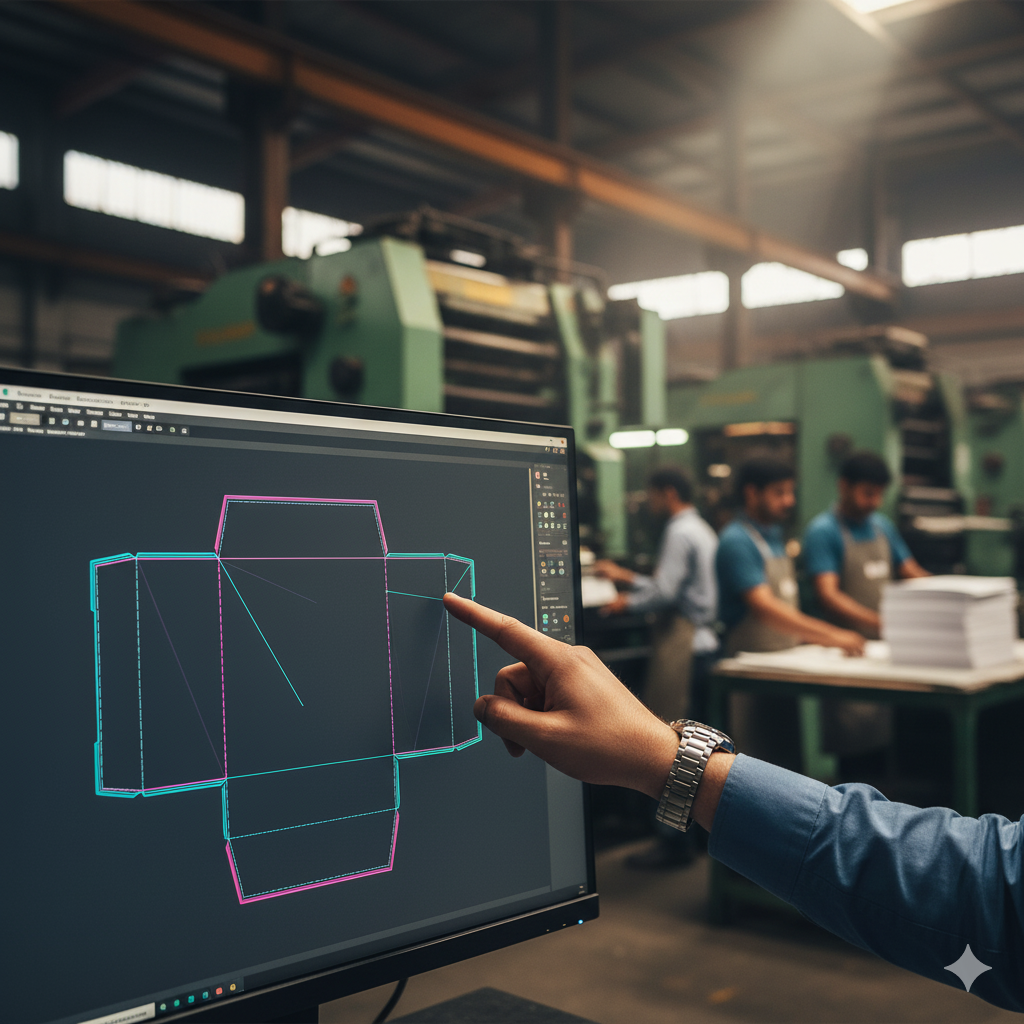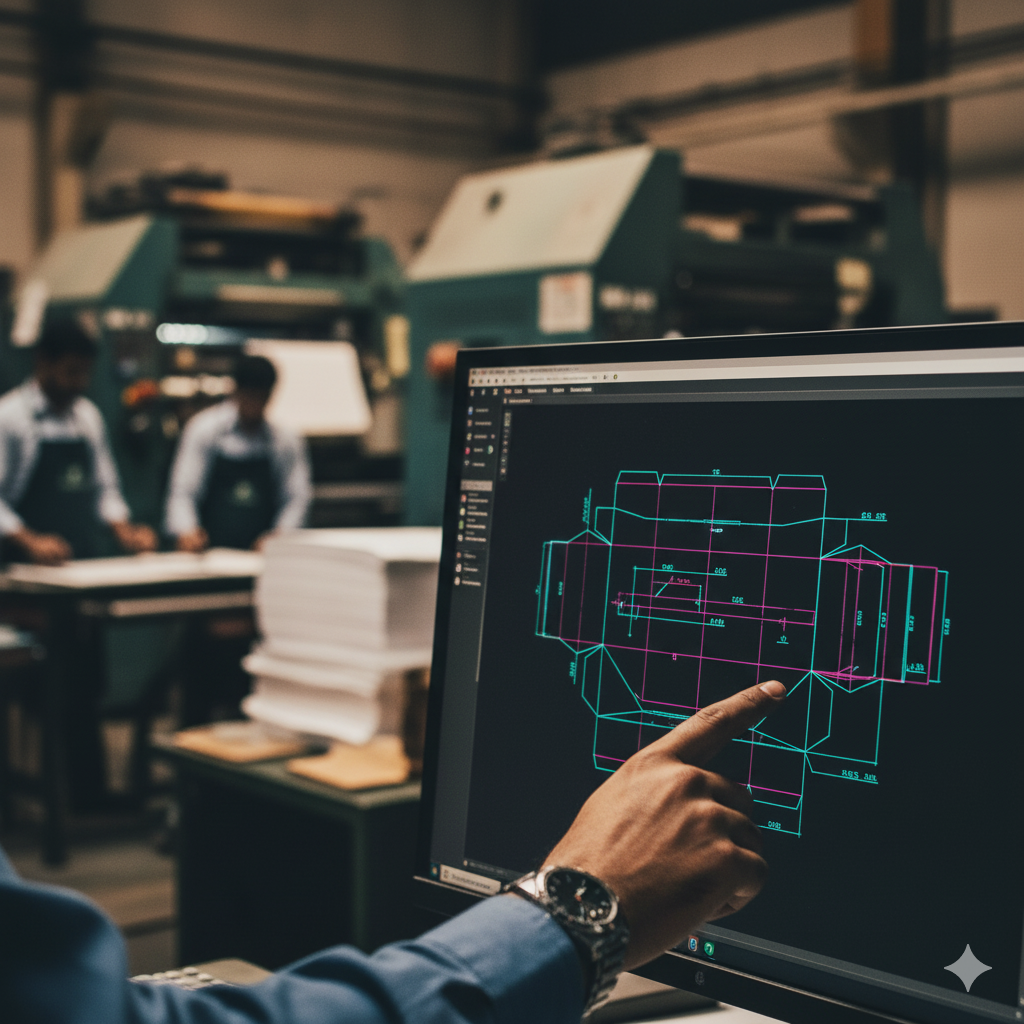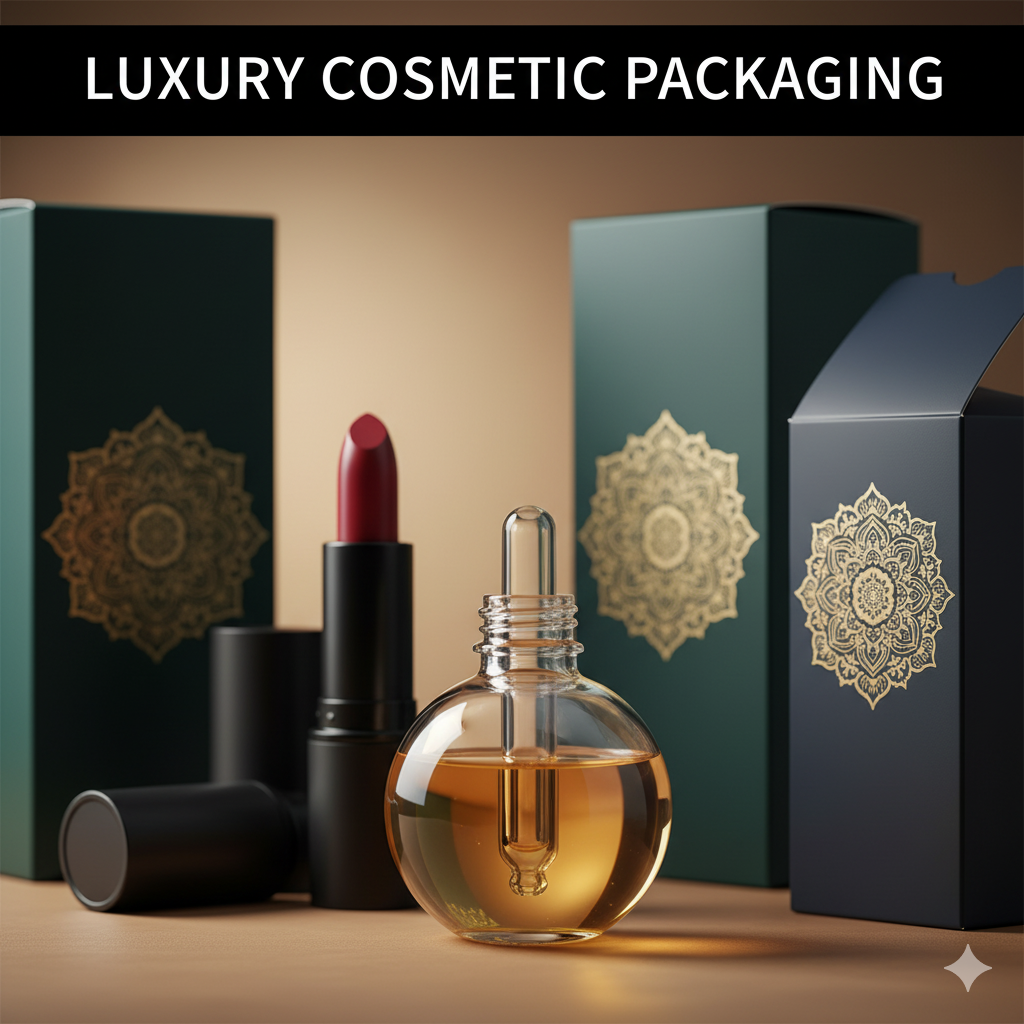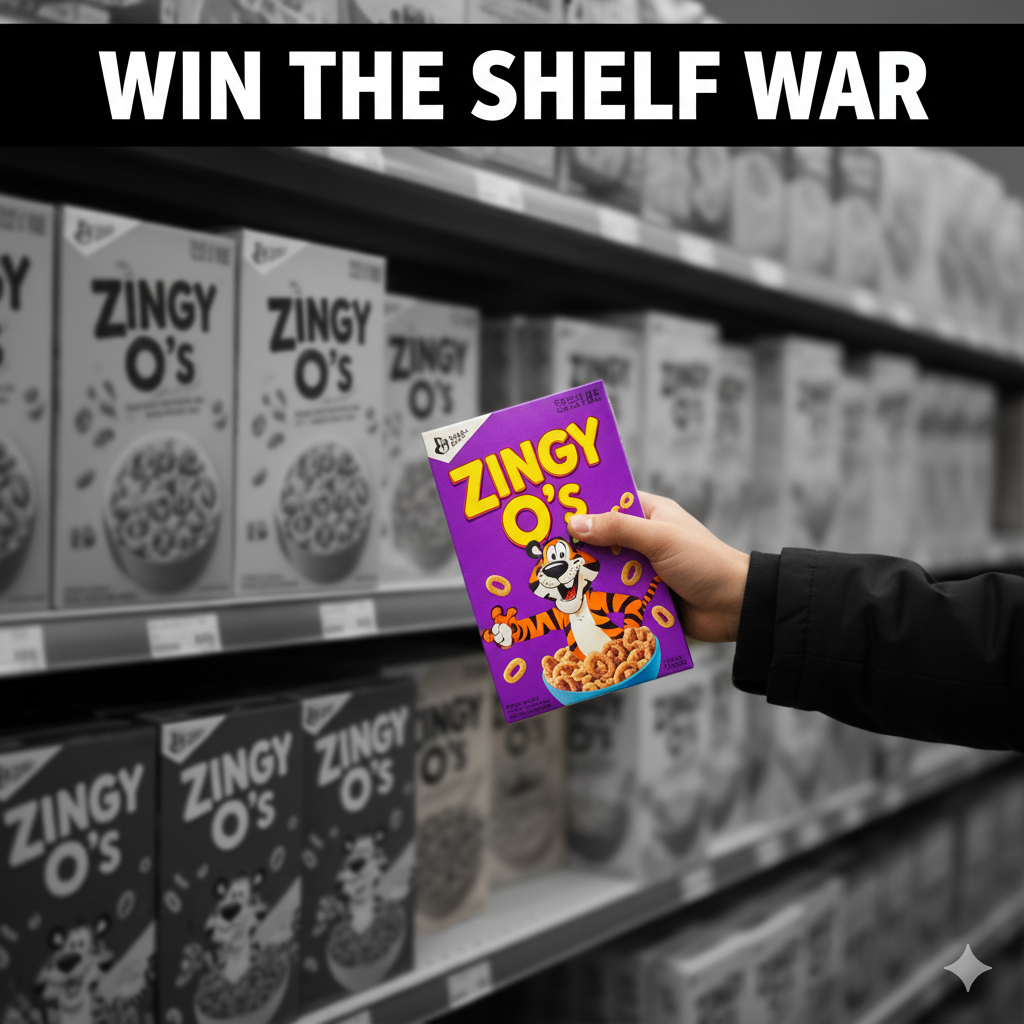Custom Packaging Design: 2025 Guide to Win Shelf & PDP Conversions
Your product earns attention in milliseconds—on a retail shelf and on a product page. That’s where custom packaging design decides the click, the cart, and the repeat. In this practical guide, we’ll unpack what custom packaging design really includes, how to brief it, how to choose the right partner, and how to measure ROI after launch.
What Is Custom Packaging Design (and Why It Matters)
Custom packaging design is the end-to-end process of creating a unique structure, layout, and visual language for your brand—engineered for manufacturability and conversion. It aligns:
-
Positioning & story → what you stand for at a glance
-
Structure & materials → the dieline, board, closures, and finishes
-
Regulatory & claims → what must be there, where, and how big
-
Artwork & hierarchy → logo, color, type, benefits, and proof points
-
3D/CGI assets → photoreal renders for ecommerce and sell-in decks
When done well, custom packaging design builds instant clarity (the “blink test”), reduces returns, and improves PDP conversion rates because shoppers know exactly what they’re getting.
A Simple Framework: From Strategy to Print
Use this 6-step pipeline to keep custom packaging design fast and repeatable:
-
Discovery & strategy – audience, competitors, claims, price point
-
Concept routes – two to three visual directions with rationale
-
Structure & dielines – format choice (jar/box/pouch), print method, and tolerances
-
Design build – front panel hierarchy first, then sides/back, then variant logic
-
3D visualization – hero images, lineups, lifestyle scenes for web/retail
-
Pre-press & production – color targets, spot/white ink layers, QC checklist
Pro tip: Approve the front panel at 1–2 meters first. If it reads clearly there, the rest is easier.
Choosing a Partner for Custom Packaging Design
Not all partners ship production-ready files. Shortlist using this 8-point scorecard (1–5 each):
-
Category experience (supplements, cosmetics, food, vape, etc.)
-
Regulatory fluency (claims, nutrition panels, INCI, warnings)
-
Dieline accuracy & print readiness (bleeds, traps, varnish/foil layers)
-
3D capability (renders that match print)
-
Process clarity (milestones, rounds, file list)
-
Speed & reliability (recent ship dates)
-
Storytelling (turns features into benefits at a glance)
-
Value (fixed scope, no surprise fees)
Anything below 32/40—keep looking.
Deliverables You Should Always Receive
A professional custom packaging design handoff includes:
-
Editable sources (AI/PSD), linked assets, and font guidance
-
Print-ready PDFs (with bleeds, dielines, spot/white layers, barcodes)
-
3D hero images (transparent PNGs + layered PSDs)
-
Mini style sheet (color/typography, variant logic, finish callouts)
-
Printer-ready notes (board, lamination, foils, emboss/deboss, varnish windows)
Timelines & Budgets (Benchmarks)
-
Label refresh (1 SKU): 2–3 weeks; $300–$800 solo / $800–$2,500 studio
-
New box + label system: 3–5 weeks; $1,500–$4,500 studio / $5,000–$12,000 agency
-
Multi-SKU system (4–8 SKUs): 4–8 weeks; $6,000–$20,000+
Lock scope and rounds in writing (what counts as a new route vs. refinement).
Brief Template (Copy–Paste)
Use this to start any custom packaging design job:
-
Product, variants, and target buyer
-
Must-have claims/certifications (and proof)
-
Competitors you admire (why)
-
Channel mix (retail vs. DTC) and image requirements
-
Print method + material if known (board weight, laminate, foil)
-
Launch date, approval chain, and number of rounds
Real Work to Inspect (Portfolio Examples)
See how custom packaging design turns strategy into results:
-
Youthful, high-impact product packaging design (energy bubblegum):
→ KickBallz product packaging design -
Structural + label system for food (clean hierarchy, appetizing renders):
→ Sushi packaging design -
Compliance-minded layouts in the pet/supplement niche:
→ Dog supplement label design
Measuring ROI After Launch
Instrument these four metrics before you hit “print”:
-
PDP conversion rate (new hero renders vs. old)
-
Add-to-cart rate and scroll depth on long PDPs
-
Return rate and review keywords (“packaging,” “box,” “label”)
-
Wholesale sell-in acceptance for new SKUs (if relevant)
When tracked, custom packaging design shows up directly in revenue and fewer costly reprints.
Ready to move fast?
If you want boutique speed with agency-grade pre-press and 3D, explore the portfolio above—or hire directly here:
Upwork: https://www.upwork.com/freelancers/usmananimations
FAQs
Q1. What makes custom packaging design different from templates?
Templates don’t match your story, structure, or regulatory needs. Custom packaging design optimizes hierarchy, finishes, and claims for your category and price point.
Q2. How long does a typical project take?
Three to five weeks for a new SKU, depending on variants and printer coordination.
Q3. What print files will I get?
Print-ready PDFs with bleeds and dielines, spot/white layers if needed, and editable sources (AI/PSD), plus 3D hero images for ecommerce.
Q4. Can I start without a confirmed printer?
Yes—start design now, but get a printer’s spec sheet before pre-press so profiles and tolerances match production.
Q5. What raises cost the most?
Unclear claims, late regulatory changes, frequent flavor/variant pivots, and special finishes (foils/emboss/soft-touch) increase time and cost.
Q6. Do I need 3D renders if I’m selling mostly retail?
Yes—3D accelerates wholesale sell-in, planograms, and faster internal approvals even when retail is the main channel.

